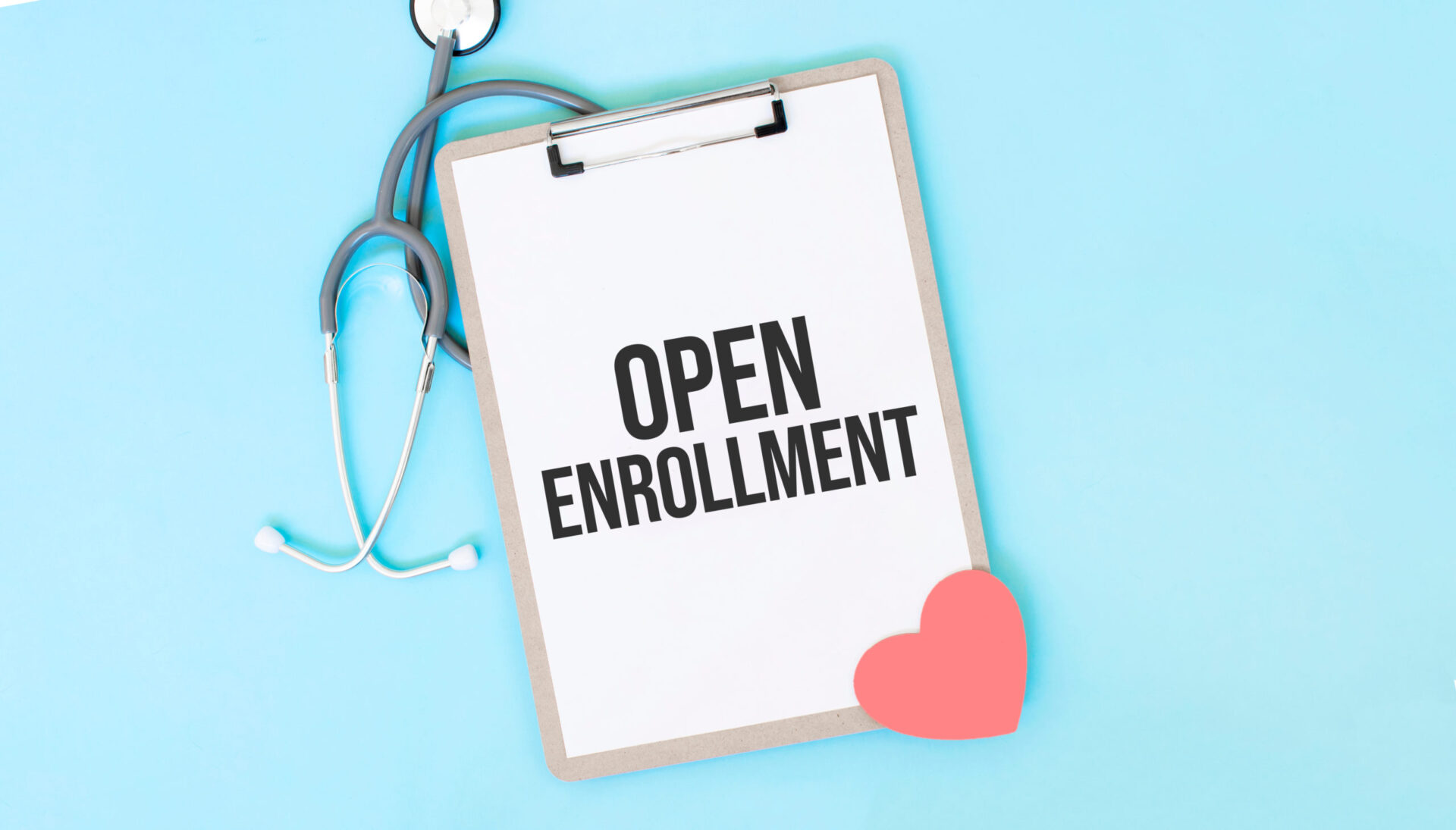
Uninsured and looking for coverage? You’re in the right place! It's important to know your insurance options.
While we don’t anticipate getting sick or hurt, nearly everyone needs medical care at some point, our kids particularly. And when that happens, you’ll want a health insurance plan that helps you avoid unexpected expenses by providing the coverage you need.
Also, don’t forget about prevention. With the right health insurance coverage, you can stay healthy with preventive and wellness services.
As the deadline for some health insurance options quickly approaches, now is the time to sign up for a health insurance plan to secure 2022 coverage.
If you meet the specific income requirements, Health First Colorado (HFC), the state’s free and low-cost Medicaid program, can provide you and your family with the coverage you need to access affordable healthcare.
HFC covers a wide range of medical needs: doctor visits, hospital stays, emergency room and urgent care visits, prescription drugs, dental services, behavioral and mental health services, x-rays and bloodwork, well-child visits, maternity and newborn care, and so much more.
The best part is you can enroll in this program year-round — but don’t wait until you need it if you qualify. An open enrollment period is a great excuse to do it now!
Besides being a Colorado resident as well as a US citizen or permanent resident, you must also meet one of the following criteria to be eligible for HFC:
You have multiple options to apply for HFC:
If you don’t have health insurance but make too much money to qualify for Health First Colorado, you have options, too.
The Child Health Plan Plus (CHP+) is similar to HFC, except it specifically provides coverage for children and pregnant people.
While HFC provides public, low-cost health insurance, note that the qualification requirements for this program differ: It aims to support parents who earn too much to be eligible for HFC but can’t afford private options.
Here’s a breakdown of the details you need to know:
To better understand CHP+ enrollment, coverage, and benefits, learn more here.
Insurance coverage can be tricky to navigate, especially if your lifestyle doesn’t meet the requirements of the available (and often more affordable) options.
For Coloradans who are single, make too much money for the above plans, and can’t access health insurance through a workplace, consider going the private route.
It might be costly, but it’s possible to qualify for federal assistance through Connect for Health Colorado’s (CHC) marketplace.
Here’s where you have a firm deadline: CHC’s 2022 open enrollment period closes on January 15, and you can only apply and access coverage if you have a qualifying life event such as losing your job-based insurance, getting married, or having a baby.
(Heads up: When you sign up by the 15th, your coverage will kick in on February 1.)
If you have more questions or need guidance while signing up for a health insurance plan, take advantage of the free assistance CHC provides through local enrollment centers and certified Enrollment Assisters. They’re available in person, by phone, and often virtually.
Keep in mind that even if you currently have health insurance through a private or employee-based provider, you can still shop for a new plan at CHC. What matters most is having a plan that gives you access to the benefits you truly need.
Healthcare loves acronyms — that tricky alphabet soup of letters that can glaze the eyes over.
EOB simply stands for Explanation of Benefits, and it includes a lot of information that shows the healthcare services you received, what your health plan paid, and any amount you owe. This snapshot shows how you’ve used your benefits and how your insurance plan will process the claim.
It’s important to understand how to read your EOB, because everyone makes mistakes, including health experts, and there may be a time where you have to be your own advocate.
The main section of your EOB provides details for your claims, including the provider who performed the service, the date, type of procedure, and the costs.
Here’s what else you can expect:
Provider — The name of the doctor or specialist who provided the service.
Service/Procedure — The type of service you received.
Total Cost — The amount you pay for the service. It may be less than the amount the provider charged.
Not Covered — The amount of the service not covered (this usually only occurs if the service is denied).
Deductible — If there's a deductible for the service, you would need to pay this amount before we pay our share.
Copay/Coinsurance — The amount you pay.
Other Patient Responsibility — Any other costs you may need to pay for the service (usually, this only happens if the service is denied).
Plan’s Share — The amount you pay for the service.
Total Your Share — This is the total amount you pay for this service. Since the EOB is not a bill, you may have already paid the total amount shown.
Always compare your EOB to the bill you receive from your care provider to make sure they match. You may also want to scan your bill and check that you weren’t charged for services you didn’t receive.
In the event your EOB and the bill reflect different amounts, call the phone number on the back of your insurance card to speak with customer support.
Care on!